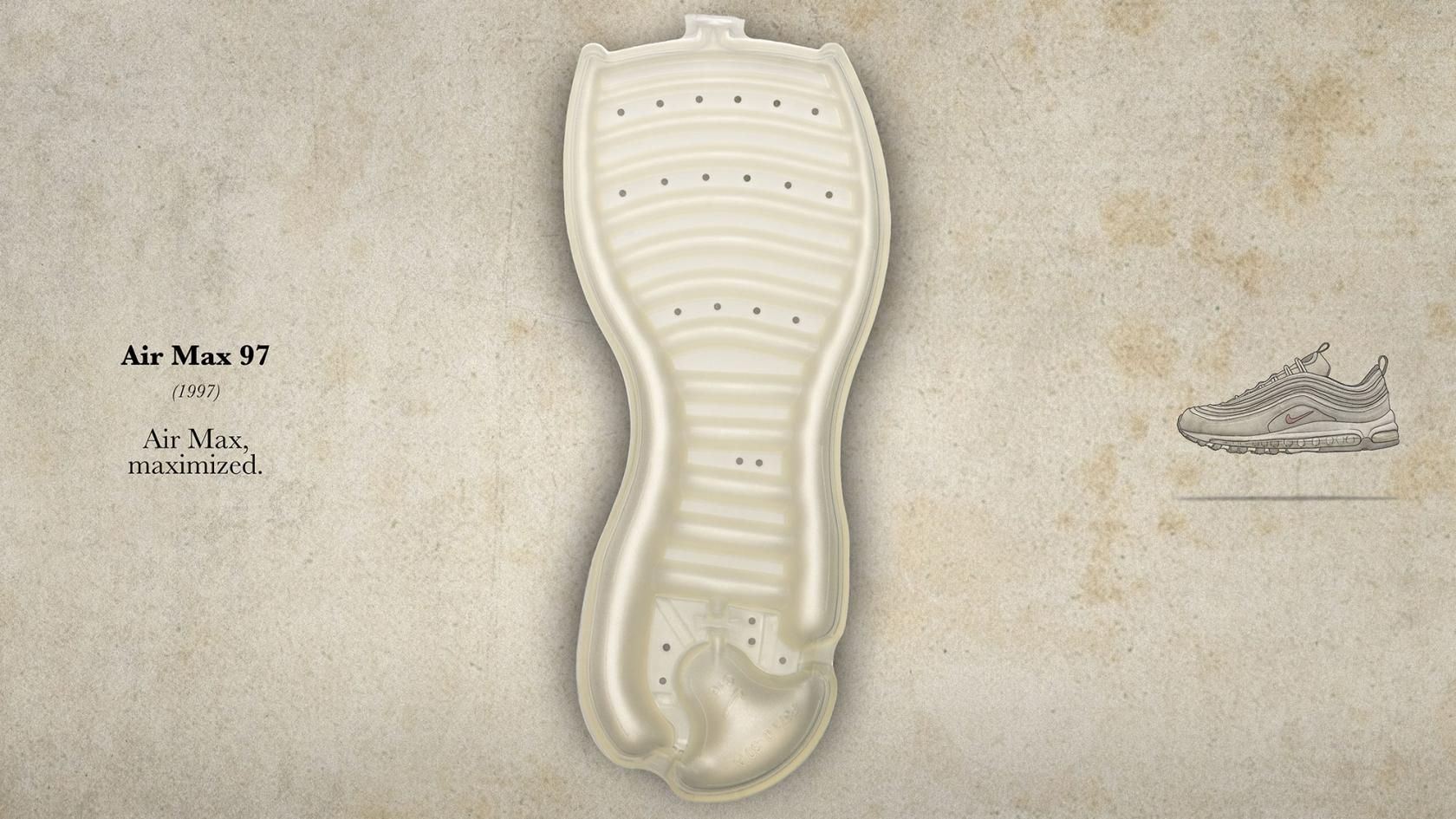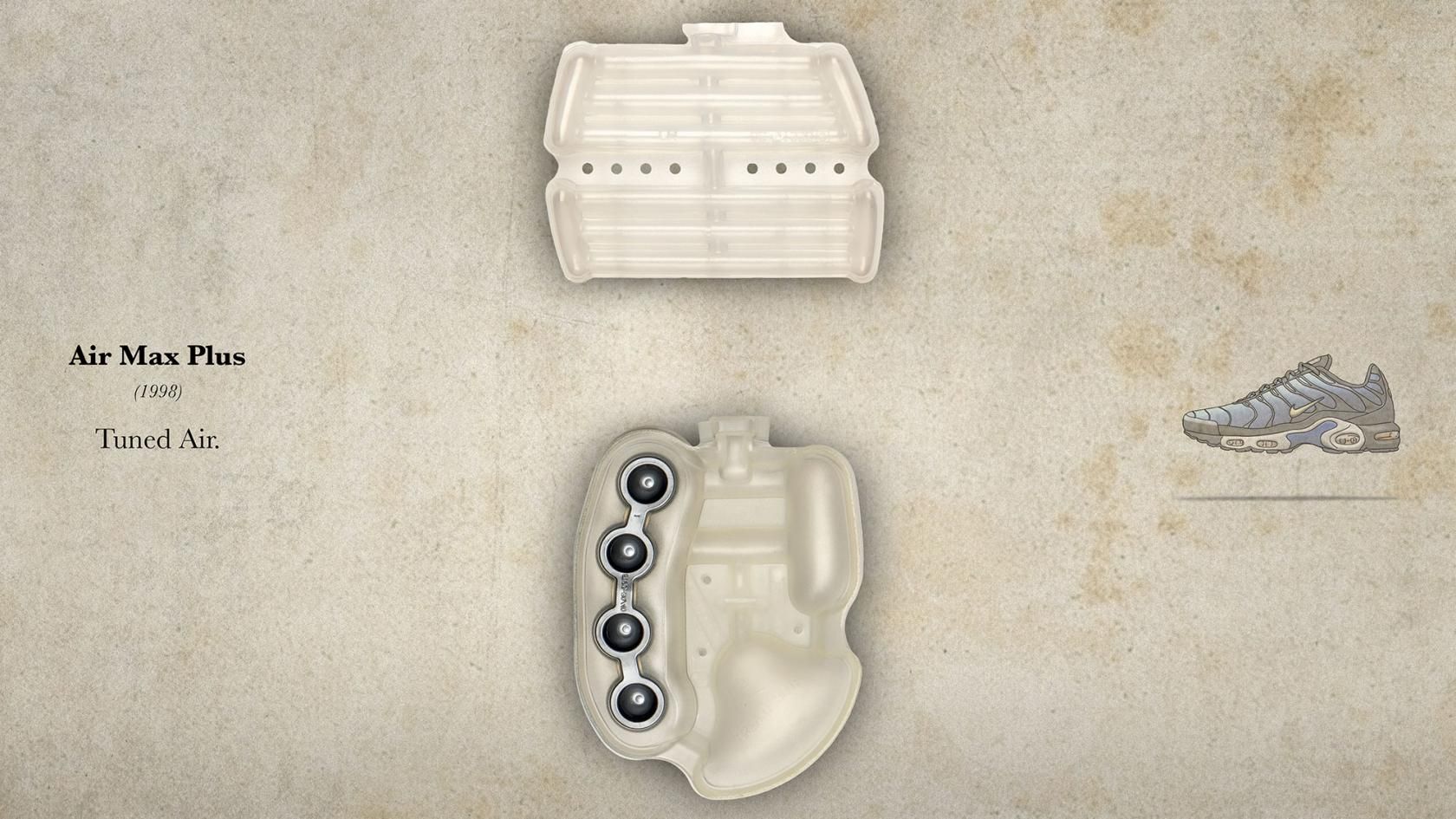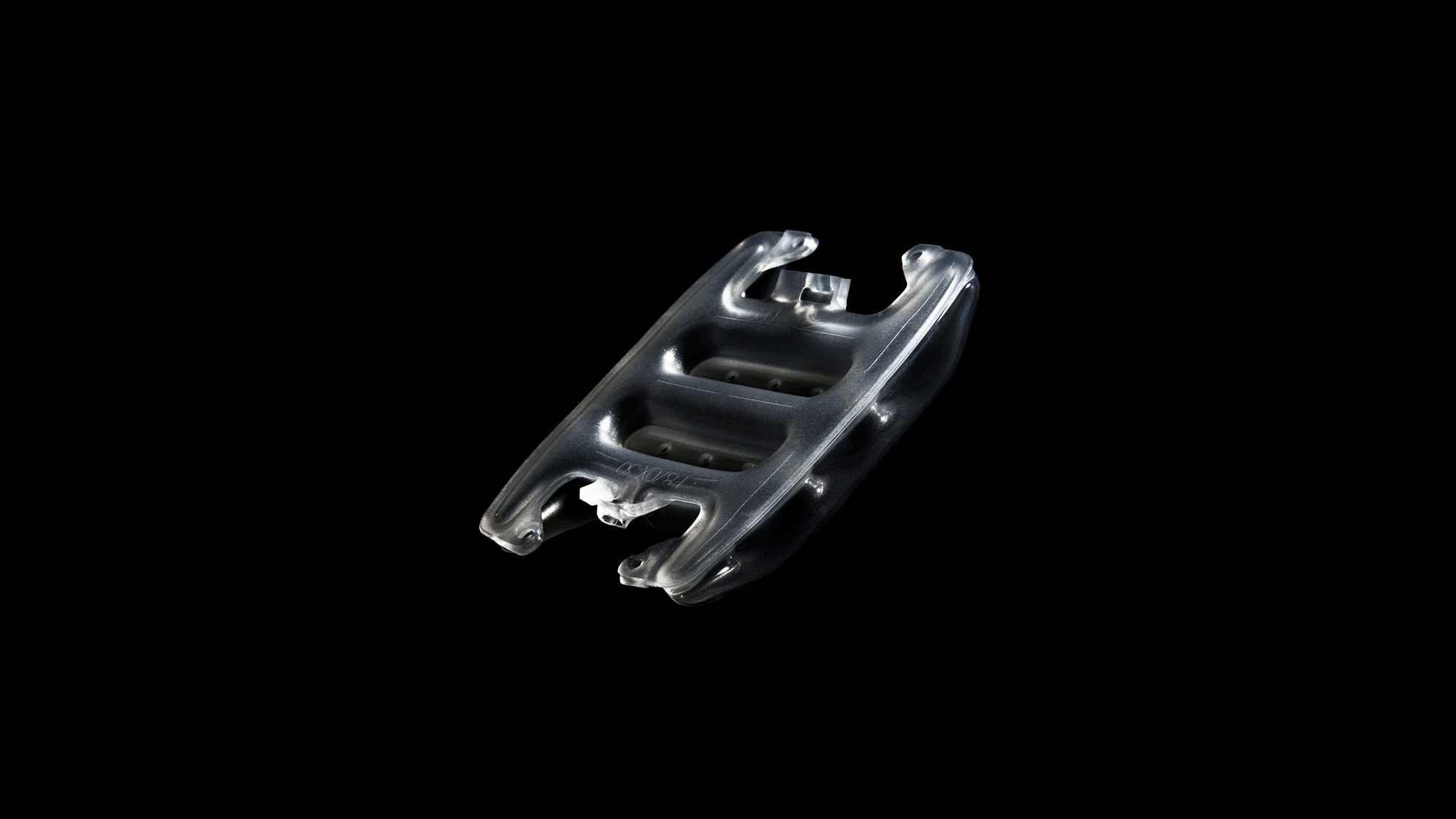
The Evolution of Visible Air A look inside the technology at the heart of Nike's royal family, Air Max.
Once upon a time - and with "time" we precisely mean the 1985 - there was David Forland, the Director of Cuschioning Innovation of Nike. Air was for David a real obsession - to analyze and experiment minutely. His main purpose was to give to any Nike buyer the perception of a walk in the clouds. Too ambitious project?
Absolutely not for Forland: study after study, in fact, in 1987 he was able to develop the very first prototype of visible Nike Air technology: the Nike Air Max 1, created with the designer Tinker Hatfied. This proud moment made a watershed in the history of the sneakers: the Nike Air Max 1 succeeded many other models, all created by developing its technology.
1990 saw the birth of the Air Max 90, once called "Infrared", a legend which lasted until the present days.
The problems began to appear, however, in 1991: how to put more air in a running shoe? The response was the creation of the Air Max 180, an innovative sneaker that had 180 degrees of visible cushioning under the midsole.
"The Air Max 180 was one of the hardest Air Max ever to realize" recalls Forland.
Air Max 1, Air Max 90 and Air Max 180 all present the Air units not directly visible and embedded in the sole.
To make it less discreet, it was developed a new method of construction of the Air-Sole said "blow-system" - introduced for the first time on the Air Max 93 - which was used to create space for 270 degrees of Air. This technique allowed the realization of forms of Air-Sole in 3D which didn't directly depend on the air pressure.
The innovation was reused two years later for the design of the Air Max 95, one of the first models to present the air visible in the front of the sole. The AM95 was inspired by the human anatomy: with a little of imagination it's not difficult to see the presence of the spine, the ribs and the tendons crossing the shoe.
1997: the development of the Air-Sole is an unstoppable mechanism. Until few years before, the creation of a interconnected unit from heel to forefoot would have seemed a complete utopia, but the Air Max 97 was an incredible example of technique and progress.
Ok, the concept of full-length Air was definitely unlocked. The next step? It was all about completely remove the foam from the process of construction of the shoe. Actually, the team of Forland was quite visionary: they were already experienced a Caged Air technology to replace the foam itself. Only in 2006, however, they managed to put it into practice, giving life to the Air Max 360 - with thermoformed Air units and a laser perforated upper.
The initial objective was fully achieved: Forland has been able, year after year - sneaker after sneaker, to give to every Nike-addicted the sensation of floating in the air simply by wearing a pair of sneakers.
...But clearly, this achievements didn't stop the expansion of the Air Max family: the attention was soon shifted from the elimination of the foam to the improve of the flexibility of the shoe. Thanks to a complex system of tubular construction it was given elasticity to the sole of the brand new Air Max 2015, the latest born of Nike Air Max house.
"I remember the first Air-Sole unit made with "blow-system". We worked hard on it and we had no idea if people would have appreciated it" says Forland. "I remember being at the airport when the first Air Max sneaker was launched and I was calling a technician in the laboratory when someone walked beside me wearing a pair of them. I stared at him while I was at the phone booth and I said, 'Someone bought them. I see at this very moment. 'Bigger the risk, greater the reward. For Air Max is exactly what happened. "
The moral? Innovation never comes without taking risks.
And they all lived happily and fluctuating ever after

























































